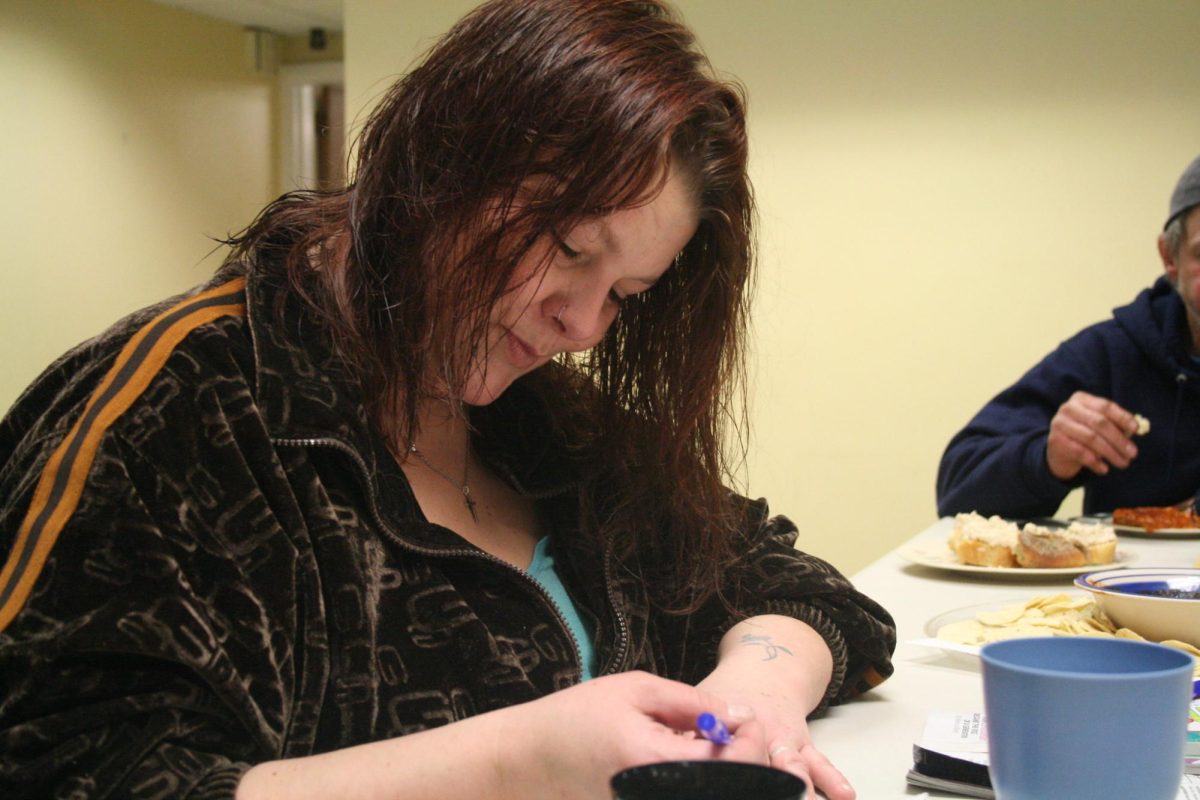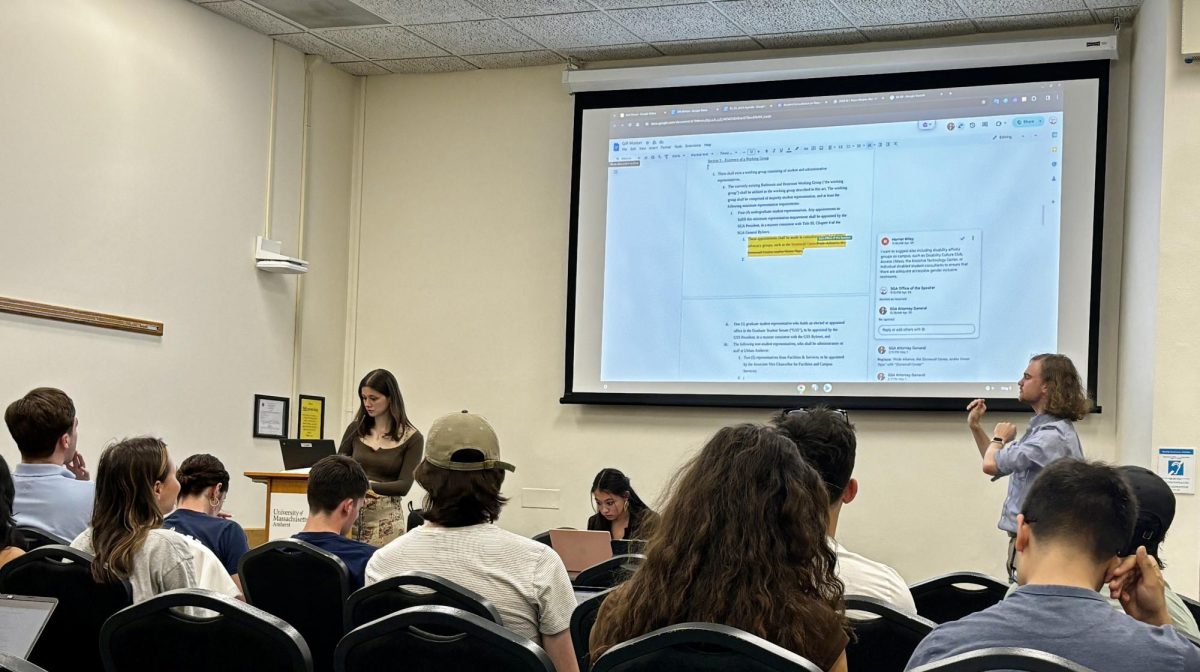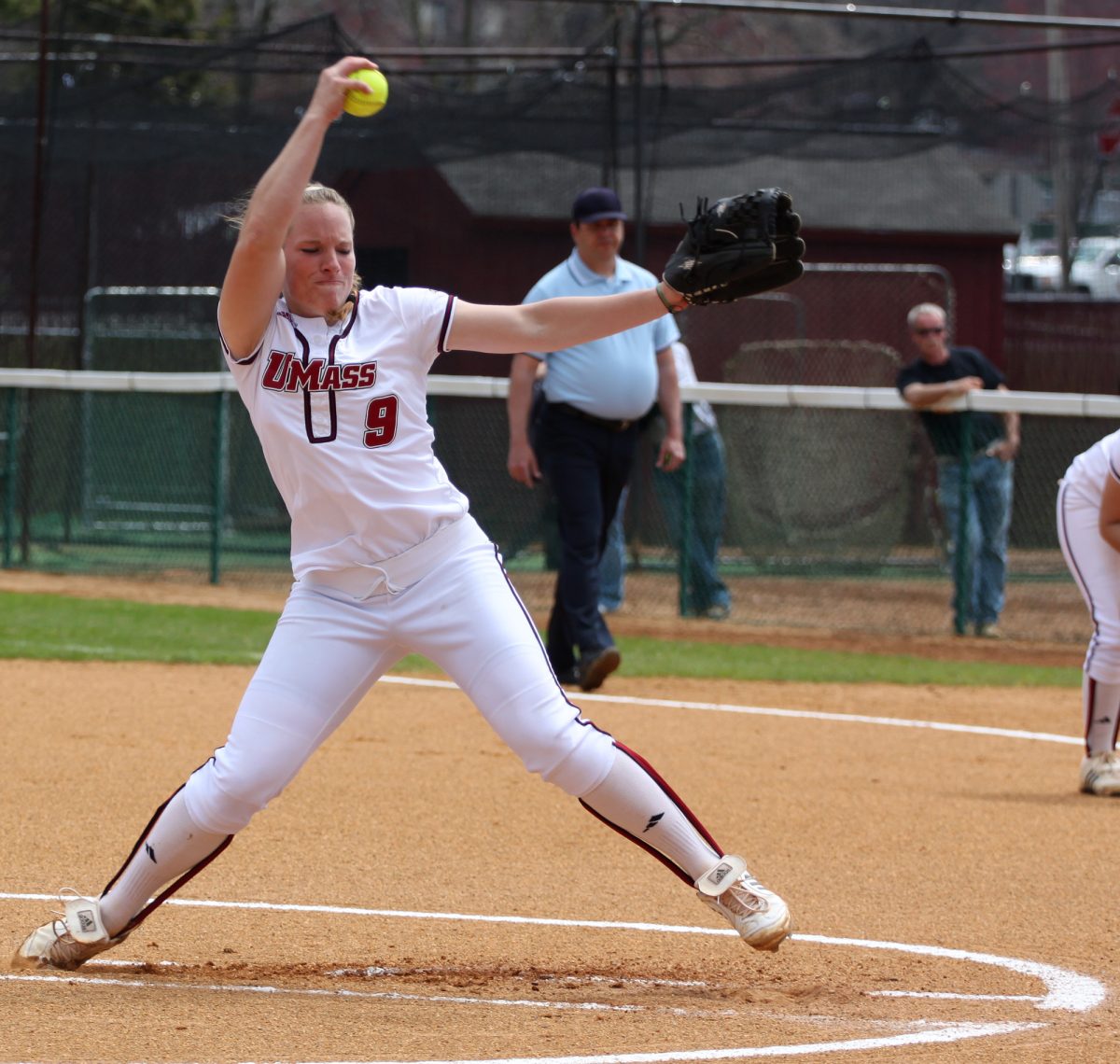Nestled in the middle of Northampton’s downtown and mixed in with the eclectic shops and restaurants is a Mecca for heroin users and crack cocaine addicts – a clean needle exchange.
Daniel, an ex-addict who frequented the exchange, started going there after he became addicted to heroin at age 17.
“They were very kind but worried since I was such a young user,” he said. “They gave me knowledge on safe use; it was a positive place to go for questions.”
Run by Tapestry Health, the exchange offers drug users a place to get free clean supplies and drop off their dirty syringes.
A variety of supplies are offered to users, including sterile water and saline solutions to mix with drugs, cotton pellets to filter liquid drugs, Bacitracin to help heal puncture marks, little metal cups called “cookers” to replace a dirty spoon as a place to melt solid drugs into liquid, and vitamin C powder to help break down crack and brown heroin without using vinegar or lemon juice.
Judy Margo, the Assistant Director of Prevention Services at the clean needle exchange, said offering these tools doesn’t encourage or promote drug use; rather, it helps users make their own decisions.
“I don’t think the life of a heroin user is very fun,” Margo said. “Our overall philosophy is harm reduction.”
In order to reduce harm, Tapestry Health offers program participants workshops on safe injection techniques and overdose prevention as well as HIV, Hepatitis C and sexually-transmitted disease prevention.
Along with these workshops, there is a free anonymous HIV testing program and the staff can refer people to a detoxification facility, although it isn’t a requirement for a needle exchange.
“It’s a place where people can come in and know they aren’t judged,” Margo said.
“I think it is positive thing to have in a community filled with this kind of intravenous drug use,” Daniel said. “They help people practice safe techniques and how to clean rigs and spoons, how to swab the right way and how to cut down the chance of getting a disease. I really needed them at that point in my life.”
The program, which has been open for over 10 years, sees between 600 and 650 individuals a year.
It is one of four clean needle exchanges in the state. The others are in Boston, Cambridge and Provincetown, according to Margo.
“It’s really good to have it here. It would be really, really good to have it in [Springfield and Holyoke],” she said, noting that many of the participants travel from these cities to visit the exchange.
Although these non-local drug users often live a long way from the exchange, many return home.
Other users, especially the homeless, may use shelters such as the seasonal Interfaith Cot Shelter, located almost directly across the street from the exchange, Margo said.
Having a shelter so close is convenient for drug users. In 2005, 62 percent of participants in the exchange program reported that they were unemployed and 17 percent reported homelessness.
Wanda Rolon, the director of ServiceNet, Inc.’s Hampshire County Programs Shelter and Housing Division, said there’s been a definite increase in the amount of people using Interfaith Cot Shelter, but doesn’t think it’s directly related to the needle exchange program.
The number of people occupying the seasonal shelter has fluctuated throughout the years, but has risen from 185 in 1997 to 225 in 2006, with the 10-year high reaching 236 in 2004. according to statistics from WHOM???
Since 2004, between 55 percent and 60 percent of the guests at the seasonal shelter reported chronic substance abuse problems, ServiceNet Research and Evaluation Analyst Andrea Miller said. Alcohol was the most prevalent.
The exchange, which Margo said has support from both the mayor and police department, doesn’t seem to have a significant impact on drug-related arrests.
Judging from police and Tapestry Health statistics, drug arrests fluctuate even more from year to year than the number of drug users enrolling at the exchange. For instance, in 2004 there were 112 drug arrests compared to 1090 exchanges. In 2005, there were 139 arrests with 1208 exchanges; and in 2006, there were 197 arrests for only 1022 exchanges.
Although the clinic may not have a direct effect on drug-related arrests, Daniel thinks it does encourage more addicts to come to the area – and continue to use.
“[The clinic] in some ways does promote more use among people and will make users flock to this area because they are giving people a clean alternative to dirty use,” he said. “Do you understand how much more disease would be around if this place was not in operation?”
In 2003, former Massachusetts governor Mitt Romney said that more than half of admissions to drug treatment programs in the state were for heroin addiction, three times the national average, according to a Boston Globe article. He also said that since 2000, heroin deaths in Massachusetts had increased 76 percent.
According to the same article, “extremely pure and cheap Colombian heroin, imported directly to Boston, has fueled the regional epidemic, which Romney and Boston Mayor Thomas M. Menino described as a destabilizing public health and social crisis






